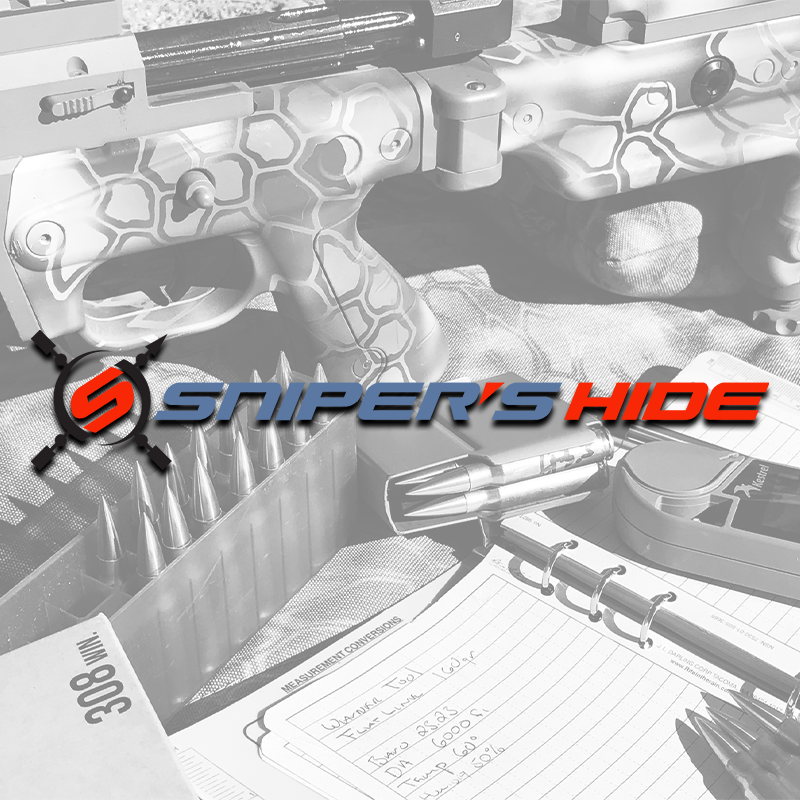One thing you might consider, not a joke. Benchrest small bore shooters use tuners to adjust the harmonics on their rigs to suit the ammo lots they have bought. If you don't know about tuners, check this out:
http://harrellsprec.com/index.php/products/harrell-rimfire-tuners-403
I am not recommending that solution for your rig, but you can accomplish something similar simply but sliding some O rings onto the end of the muzzle. This is trial and error for sure, but if you install somewhere between 3 to 8 O rings, whose diameters would fit tight around the end of your barrel, you will be amazed at the difference it makes in group size.
O rings are available at any hardware store, you want the heavier gauge (thicker material) for the diameter you need. They cost something like $.40 a piece. I did this on an old Remington 40X trainer, it required 5 O rings for some ammo and 8 for other ammo. Suggest you start about 1/2 inch back from the muzzle and just keep adding rings, pushing them toward the breech end of the barrel not toward the muzzle, always keeping the front most ring about 1/2 inch back from the muzzle, and discover what works. I found they work better tightly grouped, rather than spread out -- be thinking a row of O rings each one shoved against the ones around it.
What you are doing here is modifying the barrel harmonics -- even though the rings weigh very little, the harmonics on a .22lr barrel can be modified pretty dramatically with this approach, because the weight of the O rings is out toward the end of the barrel.
You can also try adding these to the mid barrel area -- bench rest small bore shooters use mid barrel tuners as well -- but would suggest you do that only after finding a harmonic node using the O rings near the muzzle first. The mid barrel O rings might give you an additional improvement at 100 yards, but I have found it just not worth the trouble compared to simply shoving some O rings over the muzzle, where they are easier to adjust and manipulate.
There have been tests done on small bore ammunition on accurateshooter.com (link here:
https://www.accurateshooter.com/guns-of-week/22lr-rimfire-ammo-comparison-test/) and you can see that small bore rifles are very fussy about the ammo they like. No surprise, they like expensive ammo for the most part, but you can use whatever you wish and tighten the groups as I describe.
You might also try Fiocchi Original 320 ammunition. It comes in a Winter and Summer version, no kidding, and shoots lights out in my Vudoo Tactical rig. A 1/2 inch group on a calm day at 100 yards is pretty routine if I do my part. Pay attention to the Summer and Winter descriptions if you buy some. The Winter shoots great in colder weather and the Summer better in hot weather, presumably because of the powder or load, but both are standard velocity.
Hope this is helpful. Certainly post any questions this raises, I may be able to add something to the outline here.


